Trusts can be used as an asset protection tool and to help your beneficiaries avoid the cost and expense of probate. Trusts transfer legal ownership of assets to a trustee. The property is deeded in the name of the trust and the trustee is tasked with administering it as the grantor specifies. There may be more strings attached to an asset in a trust than if it were simply left to someone in a will.
While a trust is a fairly straightforward instrument, simple mistakes can interfere with and invalidate what would otherwise be a straightforward transfer of property. Let’s take a look at the common mistakes people can make when creating a trust.
- You may fail to show intent to create a trust. This is quite important in the creation of a trust. American courts are very protective of individual property rights. The intent standard for a trust conveyance is much the same as if the property were being gifted: The individual granting the property must show that making such a grant was intentional. Without this, no trust can be considered valid.
- You may fail to sufficiently fund the trust. No trust can be created unless the property changes hands. Failure to deliver the property or to place an adequate item or sum in trust will result in the trust failing. Funding problems may be due to the granting party not making delivery or placing in trust some future property interest that cannot be tied to any current property in a way that proves its viability.
- You may fail to instruct beyond precatory language. Precatory language expresses a wish or desire but doesn’t create a legal obligation. Your trust document needs to contain some language that indicates that you’re creating a legally binding obligation.
- You may fail to name beneficiaries. Trusts are created for the benefit of a specific, third-party interest. A person or group of persons must be named as beneficiaries. Viable trusts name beneficiaries and set out the terms for the trust and the duties the trustee owes to the beneficiaries.
- You may fail to put the trust in writing. Where a trust involves a grant of real estate or is created through the execution of a will, the trust must appear in writing to be considered valid. An oral arrangement made with family or close friends will never see the inside of a courtroom.
Overall, you may perceive an even more basic problem: the cost necessary to establish a trust and to create a pour-over will that deposits any remaining assets into the trust at the end of the testator’s lifetime. Administering the trust also may add expense—the trustee may have to retitle documents or add new filings to transfer ownership to the trust. But these expenses should be compared to the costs of probate and paying fees to the estate executor that often equal a significant share of the probate estate.
Another possible problem involves interpersonal issues that may arise between the beneficiaries and the trustee if the beneficiaries resent the trustee’s role or believe that he or she is not acting in their best interests.
It’s key to remember, however, that you can overcome any of these problems by setting up a trust with forethought and professional assistance. Contact an estate planning lawyer in Chicago, IL, like the offices of Bott & Associates, Ltd. for help with your planning.

